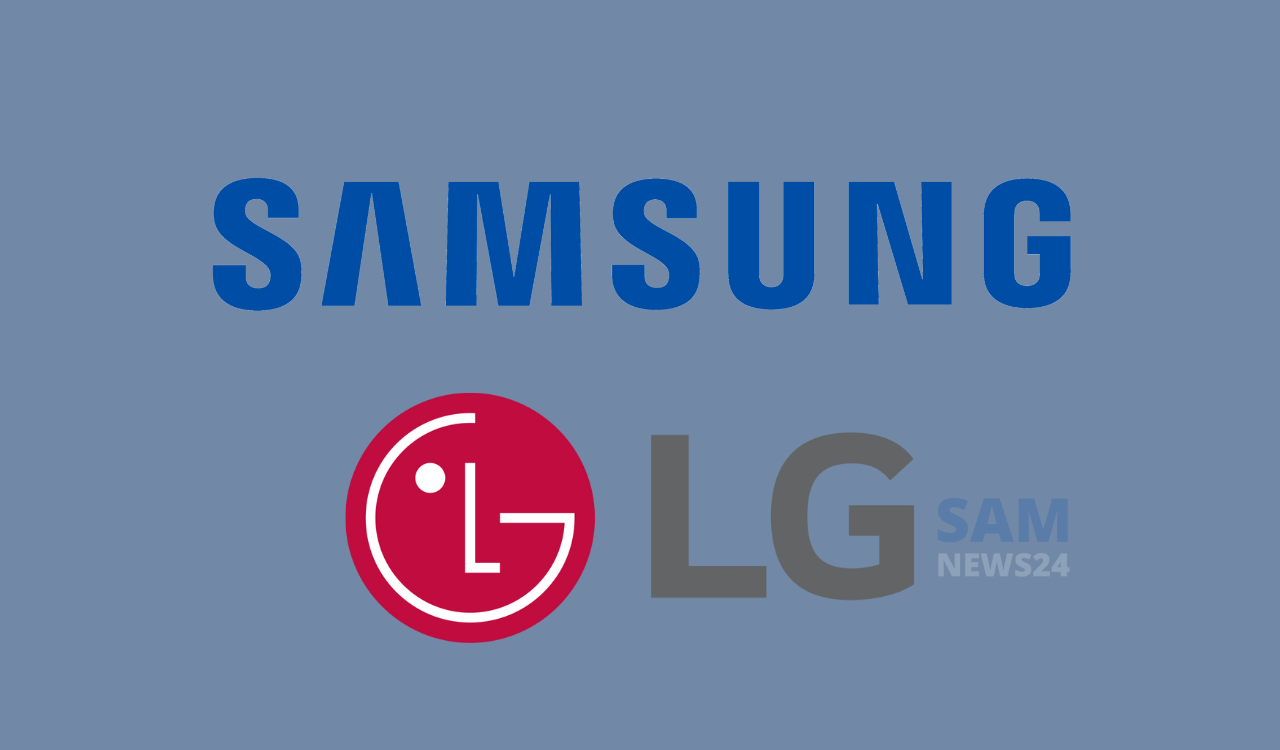Samsung Electronics and LG Electronics will confrontation in the light-emitting diode (OLED) monitor market. Since they have started to apply OLED panels to gaming monitors that need high performances rely on faster response speed and also clear picture quality as compared to LCDs.
Additionally, LG Electronics has launched a new OLED gaming monitor, in order to expand its market share in the same. While this product uses an OLED panel from LG Display. Notably, this is the first OLED monitor that has a 240Hz refresh rate.
It is worth informing here, the refresh rate is the number of pictures that can be displayed per second. To understand the same, 240Hz represents 240 pictures that can be displayed per second. Therefore, the higher the refresh rate is, the smoother an image can be displayed on the monitor.
Furthermore, the new product has a response speed of 0.03ms. The reason behind the same is OLED panels have the characteristics of emitting light on their own, they have a faster response rate than LCD monitors. On the other hand, the response rate of OLED monitors is 100 times faster than LCD monitors. Also, if the response speed is fast then there’s no afterimage left at the time of switching the picture, thus more clear image.
Model specification
Talking about the specification the model has two sizes, which are 45 inches and 27 inches. The 45-inch model has a resolution of WQHD (3440×1440) and a curvature of 800R. Here, 800R indicates the degree of curvature of a circle alongside with radius of 800 mm. While the 27-inch model has a QHD (2560×1440) resolution.
“After converting the GPU (MI100) of AMD of the United States to a PIM, we built a large computing system by combining 96 of them,” Vice President Choi said. “There is still only one in the world.”
Vice President Choi explained the use of AI is becoming more active in semiconductor production processes.
“As the head of the AI research center, I have a vision that Samsung will become the semiconductor company that makes the most use of AI in the world,” Choi added.
When Samsung Electronics trained the language model algorithm T5 with this system, its performance increased by 2.5 times and its power consumption dropped by 2.67 times compared to when PIMs were not used.
Moreover, by the time Samsung Electronics have trained the language model algorithm T5 with this system, parallelly its performance also increased by 2.5 times. And also its power consumption fall by 2.67 times as compared to PIMs were not in use.
“There is a limit to checking yields through testing every three to six months which wafers take to enter and leave a fab in a situation where products are complex and production periods are elongated,” Choi said. It is the step of predicting yield with inspection data.”
